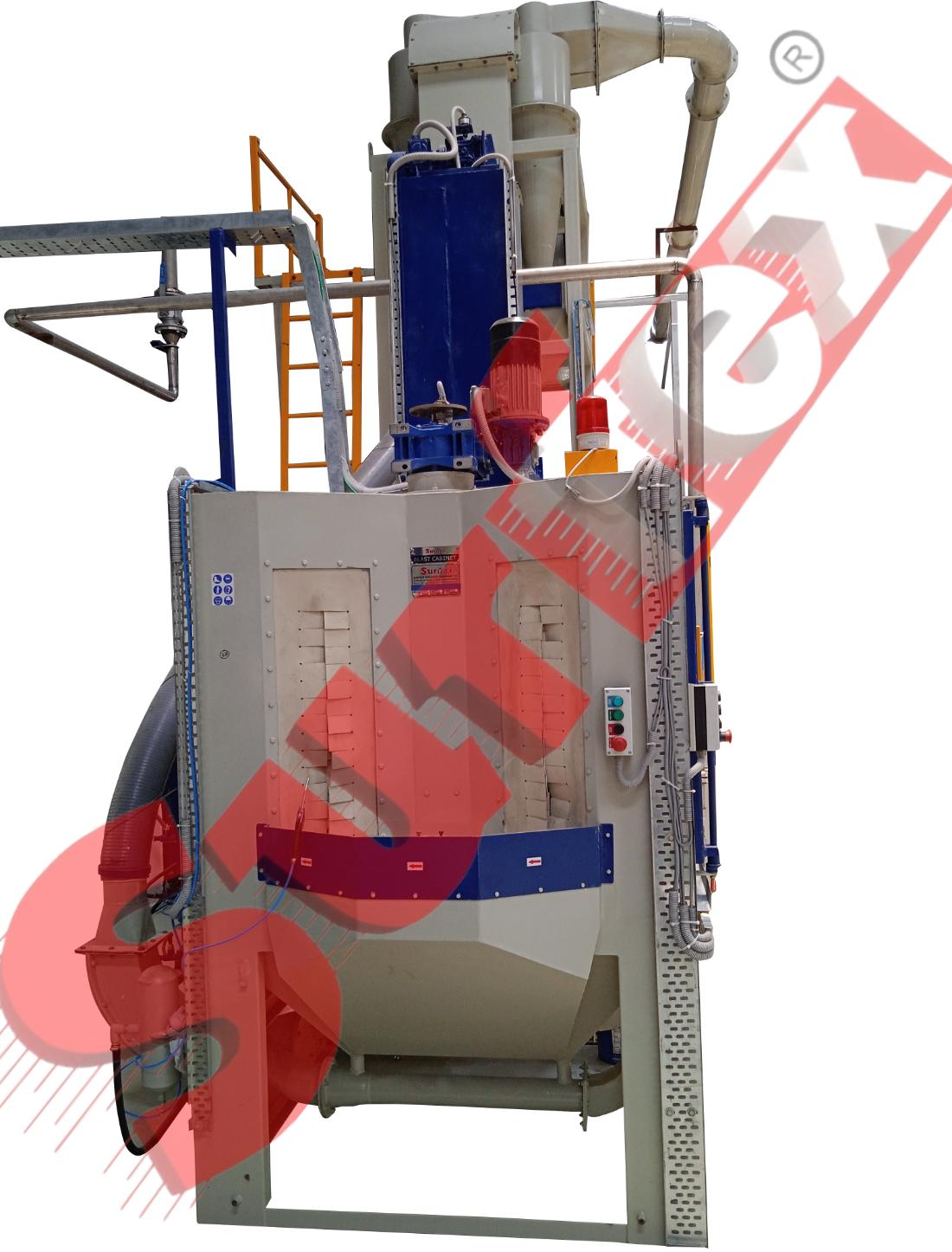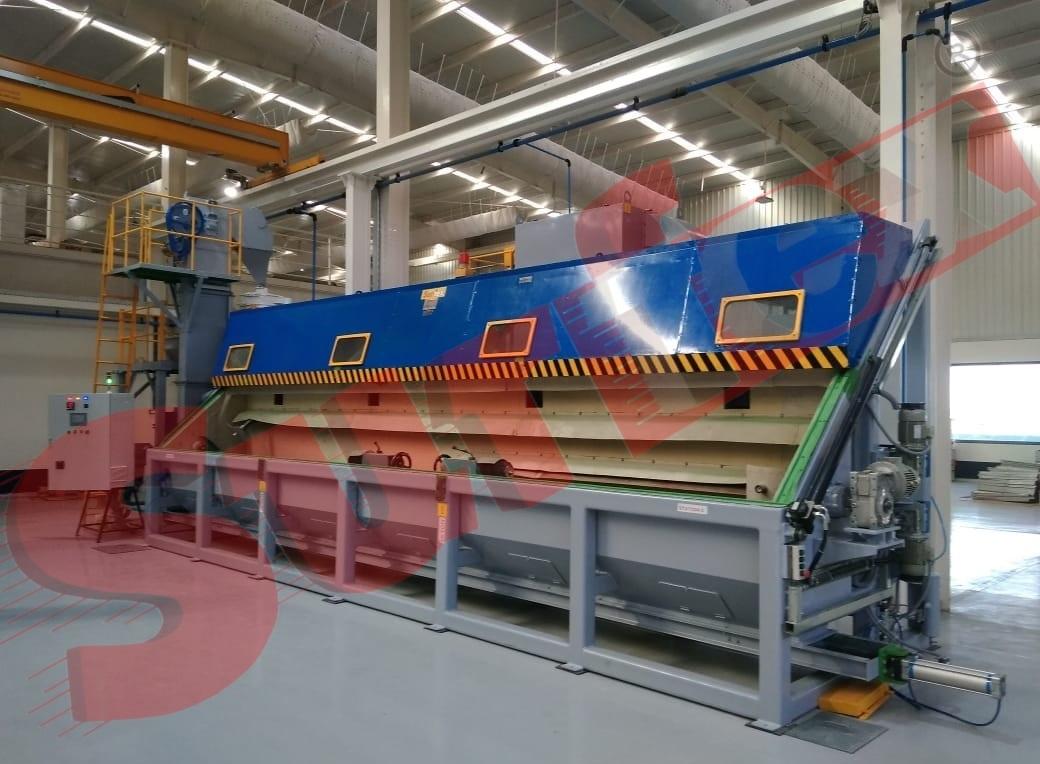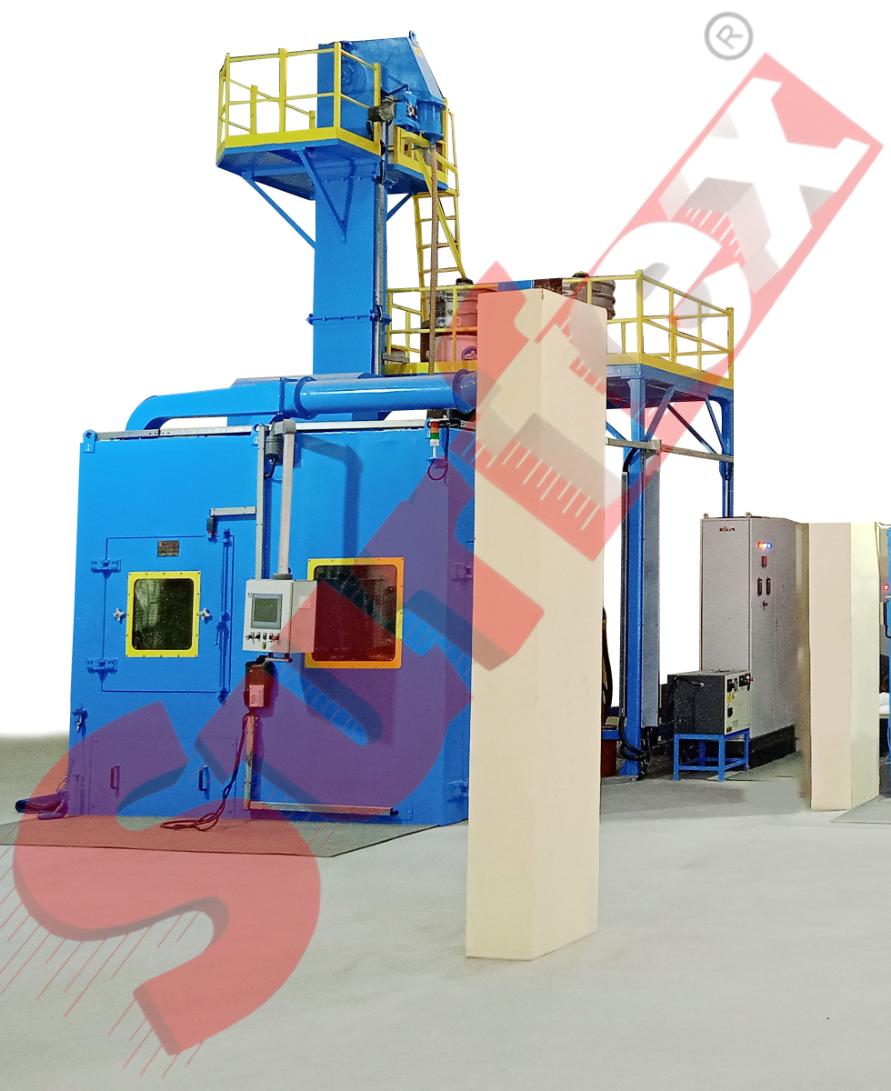Customer Identity and Access Management Market to Reach $12.5 Billion by 2030, Growing at 9.53% CAGR, Reveals QKS Group
Customer Identity and Access Management (CIAM) market is experiencing significant acceleration, with QKS Group revealing that the market is projected to reach a valuation of $12.5 billion by 2030, growing at a robust CAGR of 9.53% from 2025 to 2030. This growth reflects the critical role CIAM solutions now play in a digitally driven world where secure customer access, privacy protection, and seamless digital experiences are essential for business success.
Click Here For More:
https://qksgroup.com/market-research/market-forecast-customer-identity-and-access-management-2025-2030-worldwide-2286
A New Era of Customer Identity Security
Modern businesses operate in an increasingly complex environment where customer interactions are digital-first, and online transactions are the norm. As users engage across multiple platforms-mobile apps, web portals, cloud services-organizations must ensure that identity management is secure, scalable, and user-friendly. Traditional authentication approaches are no longer sufficient to combat sophisticated cyber threats and evolving privacy expectations.
CIAM solutions provide advanced capabilities such as multi-factor authentication (MFA), single sign-on (SSO), biometric authentication, consent management, and real-time fraud prevention. These capabilities ensure that businesses can validate customer identities without creating friction in user experience-an important factor as consumers demand both security and convenience.
Regulatory Pressure and Data Privacy Compliance
Global data protection regulations, including the General Data Protection Regulation (GDPR) in Europe and the California Consumer Privacy Act (CCPA) in the United States, have fundamentally changed how organizations collect, process, and store customer information. Non-compliance can result in heavy penalties, revenue losses, and damage to brand trust.
CIAM solutions offer capabilities such as customer consent tracking, privacy preference management, and secure storage of personally identifiable information (PII). These solutions give organizations visibility and control over identity-related data to ensure that privacy requirements are consistently met across applications and regions.
As new privacy laws emerge across Asia-Pacific, Middle East, and Latin America, compliance-driven adoption of CIAM technology is expected to increase, further fueling market growth.
Customer Identity and Access Management:
https://qksgroup.com/market-research/market-share-customer-identity-and-access-management-2024-worldwide-2482
Digital Transformation and Customer Experience Are Key Growth Drivers
Businesses are prioritizing digital transformation to stay competitive, creating demand for secure and frictionless digital access. CIAM platforms enable streamlined customer onboarding, passwordless access, and omnichannel identity experiences-capabilities that directly enhance customer satisfaction and loyalty.
Industries driving CIAM adoption include:
Banking and Financial Services (BFSI) - Secure digital onboarding and fraud prevention
Retail and E-commerce - Personalized experiences and secure checkout
Healthcare - Protected access to sensitive patient information
Telecom and Media - Unified digital identity and subscriber management
Government and Public Services - Verified citizen identity and secure service delivery
Why Investing in CIAM Is Critical for the Future
As cyber threats evolve and customer expectations increase, organizations cannot afford to rely on outdated identity tools. Investing in advanced CIAM solutions enables enterprises to:
• Protect sensitive customer data and reduce identity fraud
• Ensure compliance with global privacy regulations
• Deliver seamless and secure customer experiences
• Scale securely across digital platforms and channels
• Support long-term digital transformation strategies
Download Free Sample Report Here:
https://qksgroup.com/download-sample-form/market-forecast-customer-identity-and-access-management-2025-2030-worldwide-2286
Conclusion
With a projected market value of $12.5 billion by 2030, CIAM is becoming a foundational technology for enterprises worldwide. Organizations that invest in modern CIAM solutions will not only strengthen data security and regulatory compliance but also enhance customer trust-an invaluable competitive advantage in the digital economy.
The future of customer identity is secure, intelligent, and experience-driven-and CIAM will be at the core of this transformation.
Key questions this study will answer:
At what pace is the “Customer Identity and Access Management (CIAM)” market growing?
What are the key market accelerators and market restraints impacting the global “Customer Identity and Access Management (CIAM)” market?
Which industries offer maximum growth opportunities during the forecast period?
Which global region expects maximum growth opportunities in the “Customer Identity and Access Management (CIAM)” market?
Which customer segments have the maximum growth potential for the “Customer Identity and Access Management (CIAM)” solution?
Which deployment options of “Customer Identity and Access Management (CIAM)” solutions are expected to grow faster in the next 5 years?
Customer Identity and Access Management Market to Reach $12.5 Billion by 2030, Growing at 9.53% CAGR, Reveals QKS Group
Customer Identity and Access Management (CIAM) market is experiencing significant acceleration, with QKS Group revealing that the market is projected to reach a valuation of $12.5 billion by 2030, growing at a robust CAGR of 9.53% from 2025 to 2030. This growth reflects the critical role CIAM solutions now play in a digitally driven world where secure customer access, privacy protection, and seamless digital experiences are essential for business success.
Click Here For More: https://qksgroup.com/market-research/market-forecast-customer-identity-and-access-management-2025-2030-worldwide-2286
A New Era of Customer Identity Security
Modern businesses operate in an increasingly complex environment where customer interactions are digital-first, and online transactions are the norm. As users engage across multiple platforms-mobile apps, web portals, cloud services-organizations must ensure that identity management is secure, scalable, and user-friendly. Traditional authentication approaches are no longer sufficient to combat sophisticated cyber threats and evolving privacy expectations.
CIAM solutions provide advanced capabilities such as multi-factor authentication (MFA), single sign-on (SSO), biometric authentication, consent management, and real-time fraud prevention. These capabilities ensure that businesses can validate customer identities without creating friction in user experience-an important factor as consumers demand both security and convenience.
Regulatory Pressure and Data Privacy Compliance
Global data protection regulations, including the General Data Protection Regulation (GDPR) in Europe and the California Consumer Privacy Act (CCPA) in the United States, have fundamentally changed how organizations collect, process, and store customer information. Non-compliance can result in heavy penalties, revenue losses, and damage to brand trust.
CIAM solutions offer capabilities such as customer consent tracking, privacy preference management, and secure storage of personally identifiable information (PII). These solutions give organizations visibility and control over identity-related data to ensure that privacy requirements are consistently met across applications and regions.
As new privacy laws emerge across Asia-Pacific, Middle East, and Latin America, compliance-driven adoption of CIAM technology is expected to increase, further fueling market growth.
Customer Identity and Access Management: https://qksgroup.com/market-research/market-share-customer-identity-and-access-management-2024-worldwide-2482
Digital Transformation and Customer Experience Are Key Growth Drivers
Businesses are prioritizing digital transformation to stay competitive, creating demand for secure and frictionless digital access. CIAM platforms enable streamlined customer onboarding, passwordless access, and omnichannel identity experiences-capabilities that directly enhance customer satisfaction and loyalty.
Industries driving CIAM adoption include:
Banking and Financial Services (BFSI) - Secure digital onboarding and fraud prevention
Retail and E-commerce - Personalized experiences and secure checkout
Healthcare - Protected access to sensitive patient information
Telecom and Media - Unified digital identity and subscriber management
Government and Public Services - Verified citizen identity and secure service delivery
Why Investing in CIAM Is Critical for the Future
As cyber threats evolve and customer expectations increase, organizations cannot afford to rely on outdated identity tools. Investing in advanced CIAM solutions enables enterprises to:
• Protect sensitive customer data and reduce identity fraud
• Ensure compliance with global privacy regulations
• Deliver seamless and secure customer experiences
• Scale securely across digital platforms and channels
• Support long-term digital transformation strategies
Download Free Sample Report Here: https://qksgroup.com/download-sample-form/market-forecast-customer-identity-and-access-management-2025-2030-worldwide-2286
Conclusion
With a projected market value of $12.5 billion by 2030, CIAM is becoming a foundational technology for enterprises worldwide. Organizations that invest in modern CIAM solutions will not only strengthen data security and regulatory compliance but also enhance customer trust-an invaluable competitive advantage in the digital economy.
The future of customer identity is secure, intelligent, and experience-driven-and CIAM will be at the core of this transformation.
Key questions this study will answer:
At what pace is the “Customer Identity and Access Management (CIAM)” market growing?
What are the key market accelerators and market restraints impacting the global “Customer Identity and Access Management (CIAM)” market?
Which industries offer maximum growth opportunities during the forecast period?
Which global region expects maximum growth opportunities in the “Customer Identity and Access Management (CIAM)” market?
Which customer segments have the maximum growth potential for the “Customer Identity and Access Management (CIAM)” solution?
Which deployment options of “Customer Identity and Access Management (CIAM)” solutions are expected to grow faster in the next 5 years?













